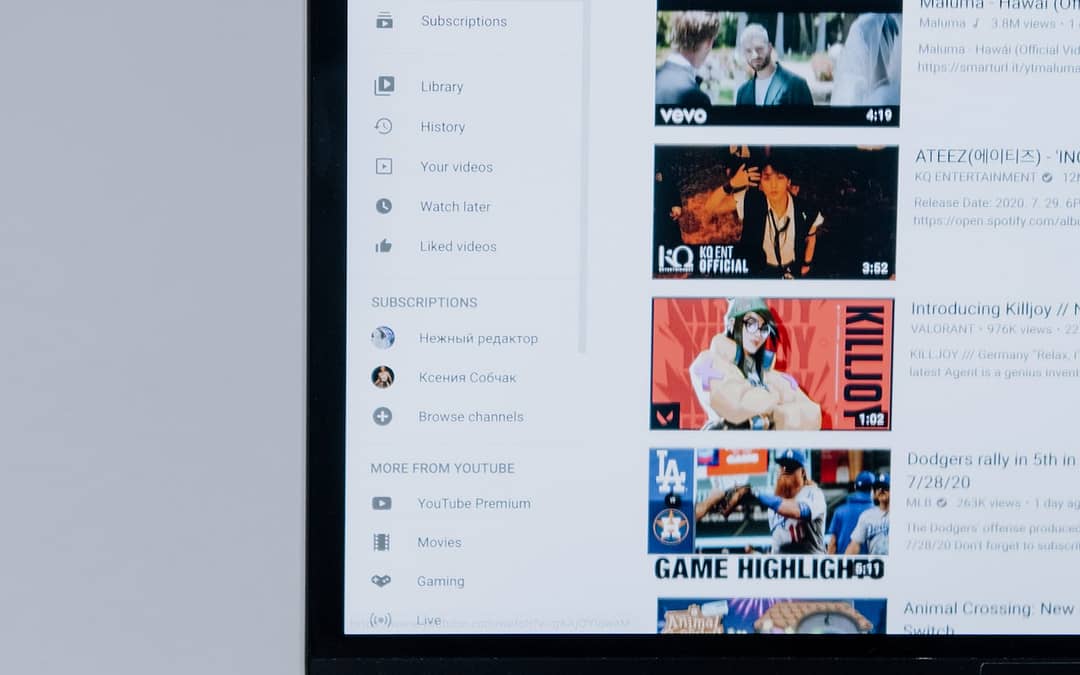
Marketing Funnels for Beginners: A Comprehensive Guide
In the world of digital marketing, understanding and implementing effective marketing funnels is essential for driving customer engagement, conversions, and business growth. A marketing funnel is a strategic framework that guides potential customers through a series of steps, ultimately leading them to make a purchase or take a desired action. In this comprehensive guide, we will provide you with a step-by-step understanding of how they work and how to build a successful funnel for your business.
What is a Marketing Funnel?
A marketing funnel is a conceptual framework that represents the customer journey from initial awareness to eventual conversion. It visualizes the process through which potential customers move through different stages, starting from their first encounter with a brand or product and culminating in a desired action, such as making a purchase or signing up for a service.
The Stages of a Marketing Funnel:
The marketing funnel is divided into several stages, each serving a specific purpose in guiding and nurturing potential customers toward the desired outcome. These stages typically include:
- Awareness Stage: At the top of the funnel, the goal is to create awareness and grab the attention of potential customers. This involves strategies such as advertising, content marketing, social media, and search engine optimization to attract a wider audience and generate interest in the brand or product.
- Consideration Stage: Once potential customers are aware of the brand, they move into the consideration stage. Here, they evaluate different options, compare features, and weigh the benefits of the product or service. Marketers employ tactics like email marketing, case studies, demos, and reviews to provide valuable information and build trust.
- Decision Stage: At the bottom of the funnel, potential customers are ready to make a decision. This is where marketers focus on converting leads into customers. Strategies may include offering incentives, providing limited-time offers, or showcasing customer testimonials to encourage the final purchase or action.
Building an Effective Marketing Funnel:
- Define Your Target Audience: Before you can create an effective marketing funnel, it’s crucial to clearly define your target audience. Understand their demographics, interests, pain points, and motivations. This knowledge will help you tailor your messaging and offerings to resonate with your audience throughout the funnel.
- Create Awareness: Attracting potential customers is the first stage of the funnel. Develop strategies to increase brand visibility and generate awareness. This can be achieved through content marketing, social media campaigns, search engine optimization, paid advertising, and public relations. The goal is to capture the attention of your target audience and introduce them to your brand.
- Capture Leads: Once you have attracted potential customers, it’s essential to capture their contact information. Offer valuable content or incentives, such as ebooks, whitepapers, webinars, or exclusive discounts, in exchange for their email addresses or other relevant details. This allows you to stay in touch with leads and nurture them through the funnel.
- Nurture Leads: In the middle of the funnel, focus on building relationships and nurturing leads. Provide valuable content that addresses their pain points and offers solutions. Email marketing, personalized messaging, and lead nurturing campaigns are effective tools for engaging with leads and keeping your brand top of mind.
- Drive Conversion: The bottom of the funnel is where leads make the decision to purchase or take the desired action. Provide compelling offers, product demos, customer testimonials, and clear calls to action to encourage conversion. Make the purchasing process smooth and frictionless to increase the likelihood of conversion.
- Retain and Delight Customers: Building a marketing funnel doesn’t end with conversion. It’s important to focus on retaining and delighting customers to foster long-term relationships and encourage repeat business. Offer exceptional customer service, loyalty programs, exclusive content, and ongoing communication to keep customers engaged and satisfied.
- Analyze and Optimize: Regularly analyze the performance of your marketing funnel. Track key metrics such as conversion rates, customer acquisition costs, and customer lifetime value. Use analytics tools to gain insights into customer behavior and identify areas for optimization. Test different elements of your funnel, including landing pages, email campaigns, and offers, to continuously improve results.
Tools and Technologies for Marketing Funnels:
- Customer Relationship Management (CRM) Systems: CRM systems are vital for managing customer data, tracking interactions, and nurturing leads throughout the funnel. They allow you to store and organize customer information, segment your audience, and automate communication. Popular CRM platforms include Salesforce, HubSpot, and Zoho CRM.
- Email Marketing Platforms: Email marketing remains a powerful tool for engaging with leads and customers. Email marketing platforms enable you to create and send targeted email campaigns, automate workflows, and measure performance. Examples of popular email marketing platforms include Mailchimp, Campaign Monitor, and Constant Contact.
- Marketing Automation Software: Marketing automation platforms help streamline and automate repetitive marketing tasks, such as lead nurturing, email campaigns, and personalized content delivery. These tools enable you to create dynamic workflows, track customer interactions, and deliver personalized experiences at scale. Marketo, Pardot, and ActiveCampaign are widely used marketing automation solutions.
- Landing Page Builders: Landing pages are crucial for capturing leads and driving conversions. Landing page builders allow you to create visually appealing and conversion-optimized landing pages without the need for coding. Tools like Unbounce, Leadpages, and Instapage offer intuitive drag-and-drop builders and optimization features.
- Analytics and Tracking Tools: To measure the effectiveness of your marketing funnel, analytics, and tracking tools are essential. Google Analytics provides comprehensive website analytics, including traffic sources, user behavior, and conversion tracking. Additionally, tools like Hotjar and Crazy Egg offer heatmaps and user behavior insights to optimize your funnel’s performance.
- A/B Testing Tools: A/B testing allows you to experiment with different versions of your marketing assets, such as landing pages, email campaigns, and calls to action. Tools like Optimizely, VWO, and Google Optimize enable you to test and compare different variants to optimize your funnel’s conversion rates and performance.
- Social Media Management Platforms: Social media plays a significant role in the customer journey. Social media management platforms help you schedule and publish content, engage with your audience, and analyze social media performance. Popular platforms include Hootsuite, Buffer, and Sprout Social.
- Content Management Systems (CMS): A robust CMS enables you to create, manage, and publish content across your website and other channels. WordPress, Drupal, and Joomla are widely used CMS platforms that offer flexibility, scalability, and ease of content management.
Optimizing and Analyzing Your Marketing Funnel:
Once your marketing funnel is up and running, it’s crucial to continuously optimize and analyze its performance. In this section, we will explore strategies for testing different elements of your funnel, such as landing pages, emails, and calls to action. We will discuss the importance of data-driven decision-making and how to use analytics to gain insights into customer behavior and identify areas for improvement.
Marketing funnels are powerful tools that enable businesses to attract, engage, and convert customers effectively. By understanding the stages of a funnel, building an optimized funnel for your business, and leveraging the right tools and technologies, you can drive customer engagement and achieve your marketing goals. Embrace the concept of marketing funnels, and watch your business thrive in the digital landscape




